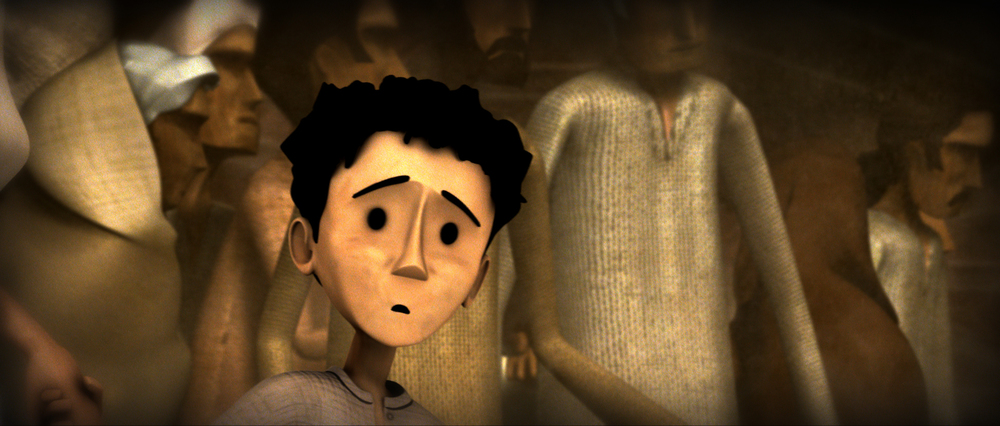By Priya Bhattacharji
‘Dalhousie planned the railways to tighten British rule of India, to make it more efficient. But the trains had one effect that Dalhousie surely did not foresee. They made possible the birth of the idea that was finally to put an end to the Raj, the idea that India was a nation.’
You might agree or disagree with Richard Cronin’s observation in Imagining India, but it’s hard to deny the conflicting role of the Indian railways built during the British Rule. It unwittingly played out as both an instrument of unification and fragmentation.
No surprises the colonial gift of railways features as an iconographic element in Partition Literature and remains a contentious issue, with Shashi Tharoor recently calling it a ‘gigantic colonial scam’.
Nevertheless, over the years, the Indian railways and its stations has been the setting for many visceral and emotional moments. Its formidable power to separate and reconcile remains steadfast, both on-screen and off screen.
The opening sequence of animated short ‘Topi,’ with criss-crossed railway tracks, accompanied by a brief historical introduction, introduces the overlapping of spatial divides – setting up the railways and its complex relation with borders and boundaries.
Set in the turbulence of the Partition, this graduate thesis film made by Arjun Rihan is an endearing encounter of a young Hindu boy and an old Muslim man at a railway station. In addition to numerous awards at film festivals, in 2010, ‘Topi’ attained viral sensation status.
What’s most striking is the narrative fabric, coloured with rich symbolism.
Its twilight colour tone hints at the ‘Sun Setting on the Empire’, with a hazy future in store. While the promise of a new nation-state heaves in, the vulnerability of uprootment and displacement lingers. Early on, there is a hard-hitting scene of a stately train arriving at the station, only to be playfully tossed around by the young protagonist. The effortless manner in which Rihan reduces a medium of public transportation to a whimsical toy makes you squirm in awe.
Conflict makes for great storytelling. A constant pull of opposing forces exist in the world of ‘Topi’ – old/new, young/elderly, Hindu/Muslim. By placing individuals in a collective transcape, Rihan hints at the dialectical nature of identity. Through the thought-provoking metaphor of the ‘Topi’ , he cleverly questions the rigidness of religion and nation.
While religion still remains an integral part of national identity in India, Topi has this timeless fable-like quality with the hope of universality. With an innocent brevity it highlights the trivial cost of human life amidst the mindlessness of violence and the superficiality of communalism.
The myriad range of experiences is poignantly brought out through the emotive use of eyebrows. The bewildered raised eyebrows of the young boy, the angry furrowed brows of a rioter, the jaded lowered eyebrows of the old man unveils the chaos, terror and disorder.
While Rihan managed to land a job at Pixar, his ‘Topi’ with its discretised aesthetic manages to stay fresh.
What remains enduring is the simple resolution Rihan offers: Kindness knows no bounds.
Watch the short film here:
[This piece was originally published the e-zine, Sbcltr]







Leave A Comment
You must be logged in to post a comment.